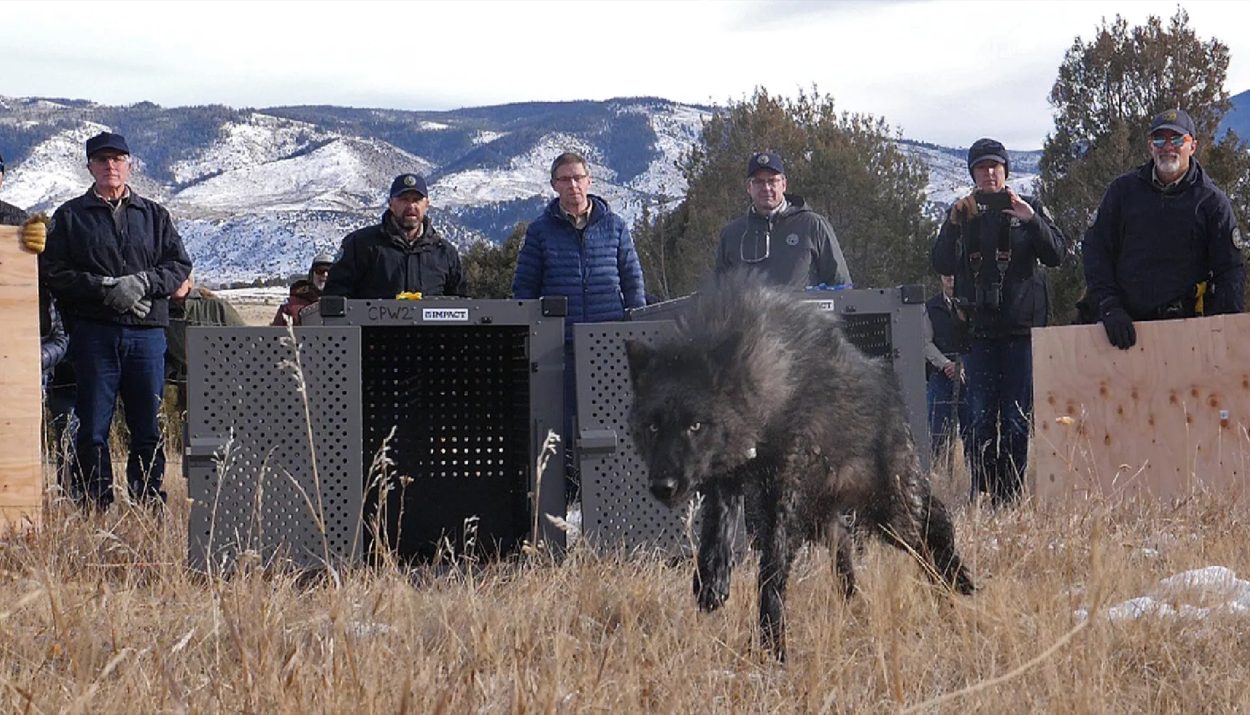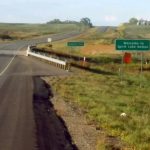Grey wolves were once a common sight in Colorado, but their numbers dwindled due to poaching and habitat encroachment. The state’s plan to reintroduce these animals into the Colorado wilderness came with a detailed plan to address the inevitability that a transplanted wolf would attack a livestock animal.
Just as anticipated, a grey wolf killed a rancher’s calf in Grand County last week. It was a good thing that Colorado governor Jared Polis signed legislation that will provide financial compensation for this rancher.
Grey Wolves Left Colorado in the 1940s
Poaching, hunting, and habitat loss all contributed to the decline in Colorado’s grey wolf population in the early 1900s. By 1940, the animals were gone from the state. From time to time, a grey wolf sighting was reported in Colorado, but wildlife experts believed these were lone wolves just passing through.

As an apex predator, the wolves served a vital purpose in the ecosystem. They kept the populations of deer, elk, rabbits, and squirrels in check. Removing grey wolves from the equation created additional environmental problems that were not well understood 80-plus years ago.
Bring Back the Wolves
Conservation groups, along with the Colorado Parks and Wildlife agency, began exploring the idea of reintroducing grey wolves to the state more than a decade ago. There was much more to consider beyond rehoming a pack of wolves.
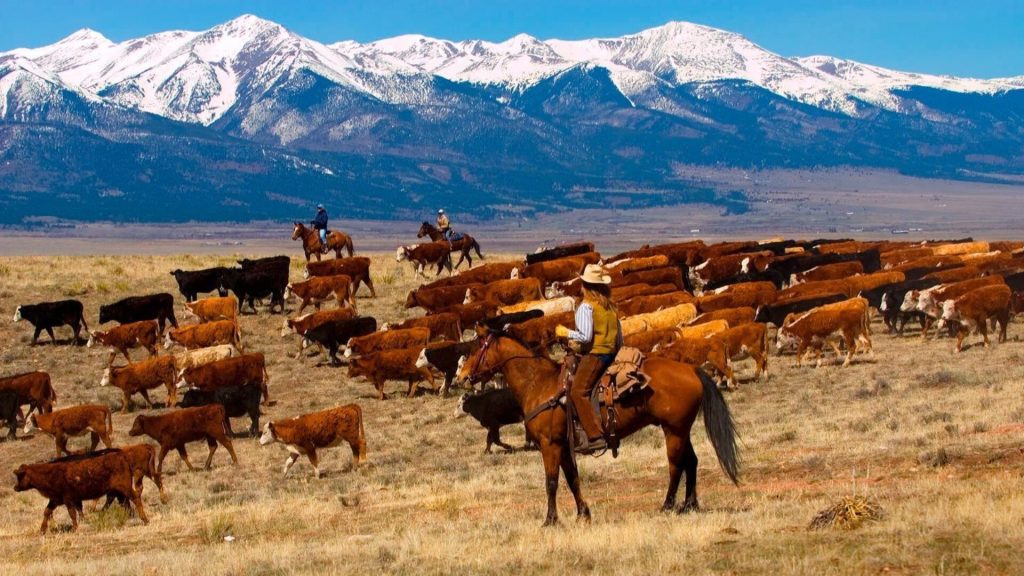
One major consideration was the safety and protection of livestock animals. Wildlife experts solicited feedback and concerns from farmers and ranchers so they could take steps to address potential problems. But farmers and ranchers weren’t the only ones who had a voice on the issue.
Asking the People of Colorado to Vote
In a November 2020 election, the people of Colorado had their chance to vote on Proposition 114, the plan to restore and manage a grey wolf population in Colorado west of the Continental Divide.
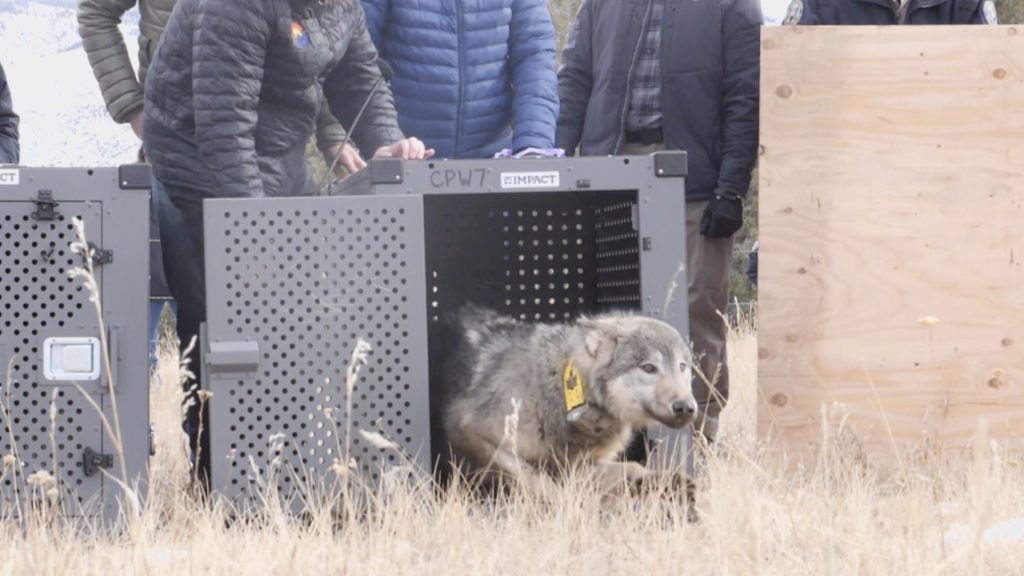
The voters of Colorado approved the proposal by 51%. As per the plan, grey wolves would be reintroduced into the state by the end of 2023. In the lead up to this, the Colorado Parks and Wildlife agency worked to locate wolves, consulted with lawmakers on liability issues, and tried to destigmatize grey wolves for the people of Colorado.
A Fair Compensation Law
Senate Bill 23-255, which was signed into law last May by Colorado Governor Jared Polis, offers a pathway to compensation for people who experience damages as a result of depredation by the reintroduced grey wolves.

Under this law, the state of Colorado created a compensation fund to reimburse farmers and ranchers who experience a livestock animal that was killed or injured by wolves. At its inception, the state deposited $175,00 into the fund, with an additional $350,000 to be added for the 2024-2025 fiscal year.
Colorado Worked with Oregon to Acquire Ten Wolves
When Colorado experts were in the market for some grey wolves, they turned to Oregon for help. According to Curt Melcher, Oregon Department of Fish and Wildlife’s director, “Oregon has a long history of helping other states meet their conservation goals by providing animals for translocation efforts.”
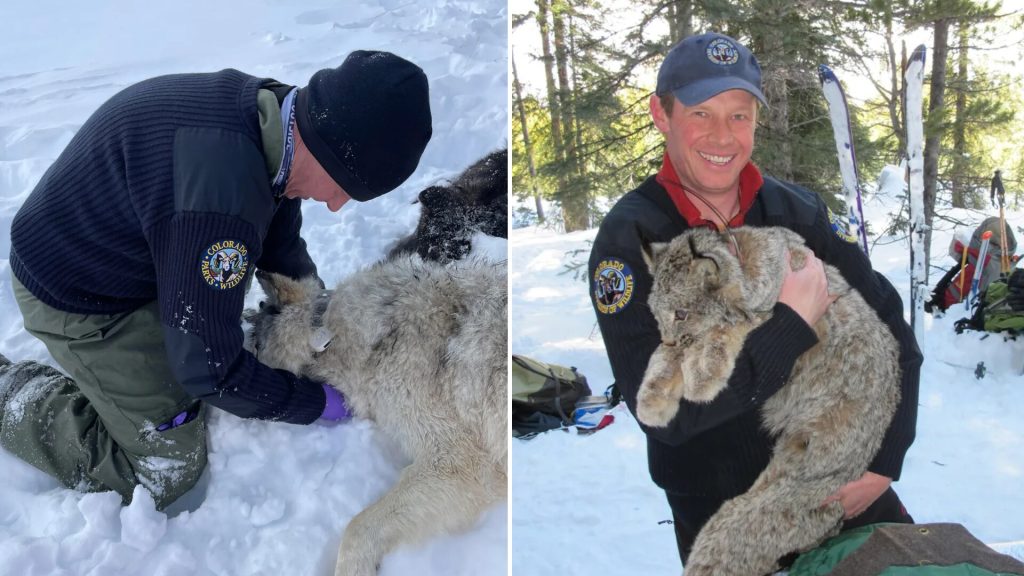
He continued, “Some of our wildlife populations were also restored thanks to other states doing the same for us, including Rocky Mountain elk, bighorn sheep and Rocky Mountain goat. The wolves will come from northeast Oregon, where wolves are most abundant in the state and where removal of ten wolves will not impact any conservation goals.”
Colorado Covered the Costs
The costs of capturing and transporting the wolves were covered by the state of Colorado. In addition, all the animals were examined by a veterinarian, treated for potential diseases, and outfitted with tracking colors.

Governor Polis remarked, “We are deeply grateful for Oregon’s partnership in this endeavor.” The animals were collected in Oregon in December 2023 and brought to remote drop-off points in Colorado.
Breeding Pairs
Eric Odell, manager of the Colorado wolf program, explained, “The CPW aimed to capture and reintroduce an equal number of male and females.” The goal was to create the ideal scenario for breeding pairs to naturally increase the grey wolf population.
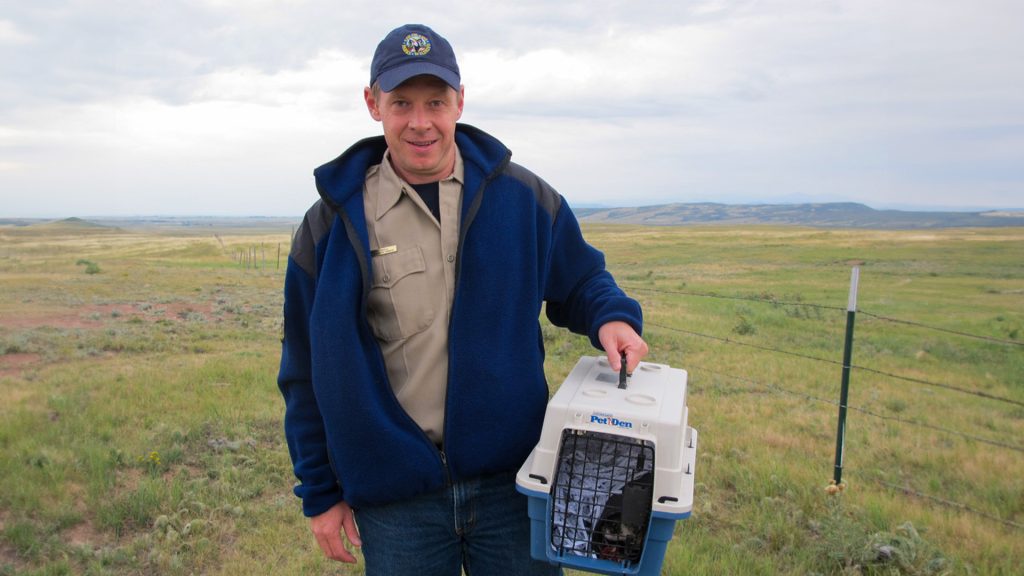
He added, “We anticipate that the majority of animals will be in the 1- to 5-year-old range, which is the age that animals would typically disperse from the pack they were born in.”
The Death of a Calf
It has been just four months since the ten grey wolves were brought into Colorado and already, there has been one reported incident of a wolf killing a young calf. Colorado Parks and Wildlife was called in to investigate the death of a calf in Grand County.
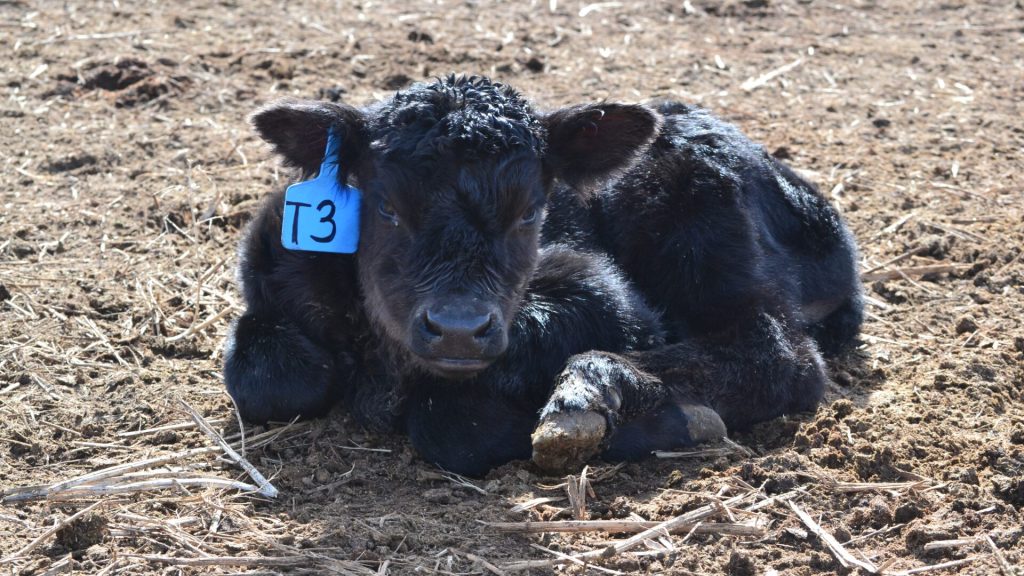
Jeromy Huntington, an area wildlife manager with the CPW reported, “The field investigation found multiple tooth rake marks on the calf’s hindquarters and neck, and hemorrhaging under the hide, consistent with wolf depredation. Wolf tracks were also found nearby.”
The First Wolf-Released-Related Depredation
This event marks the first livestock killing since the grey wolves returned to Colorado. The CPW is working with the rancher to request financial compensation for the loss of his animal under Senate Bill 23-255.

Under the law, the rancher will be compensated with a fair market value, with a maximum payout of $15,000 per animal. The law covers only livestock animals, including cattle, sheep, goats, lambs, horses, llamas, mules, swine, alpaca, burros, and any other animal used as a guard or herding animal.
The CPW Advocated for Non-Lethal Deterrents
While the Colorado Parks and Wildlife agency recognizes and respects the rights of farmers and ranchers, in light of this recent incident, they are reminding people to use non-lethal deterrent measures to keep their livestock safe from wolves.
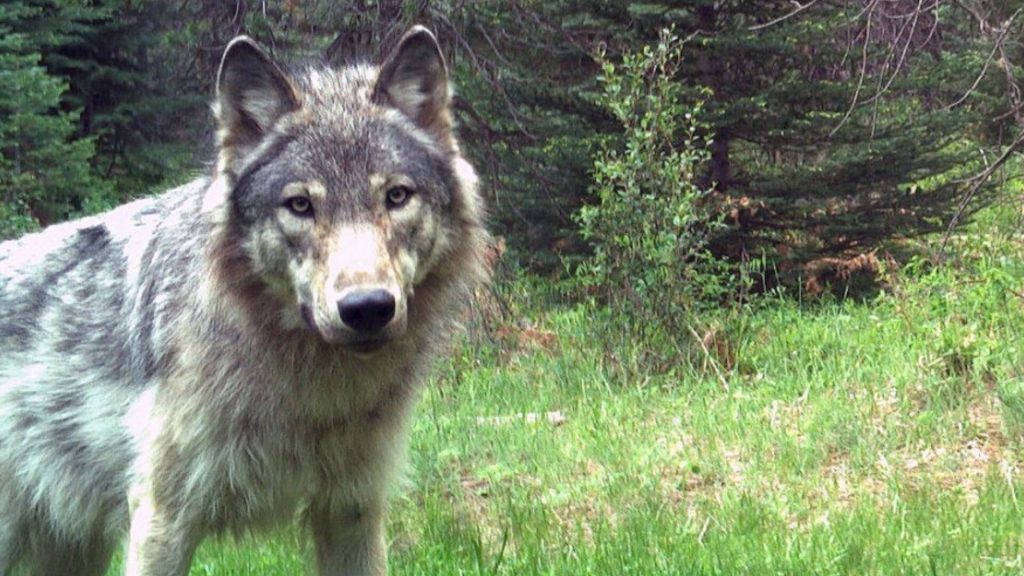
The CPW lists some non-lethal deterrent options as “range riders and herders, scare tactics, and other attempts to modify wolf behavior.” They remind ranchers that wolves are opportunistic hunters that strike when they eye a chance. By reducing the number of opportunities, the wolves will move on to places with easier pickings.

